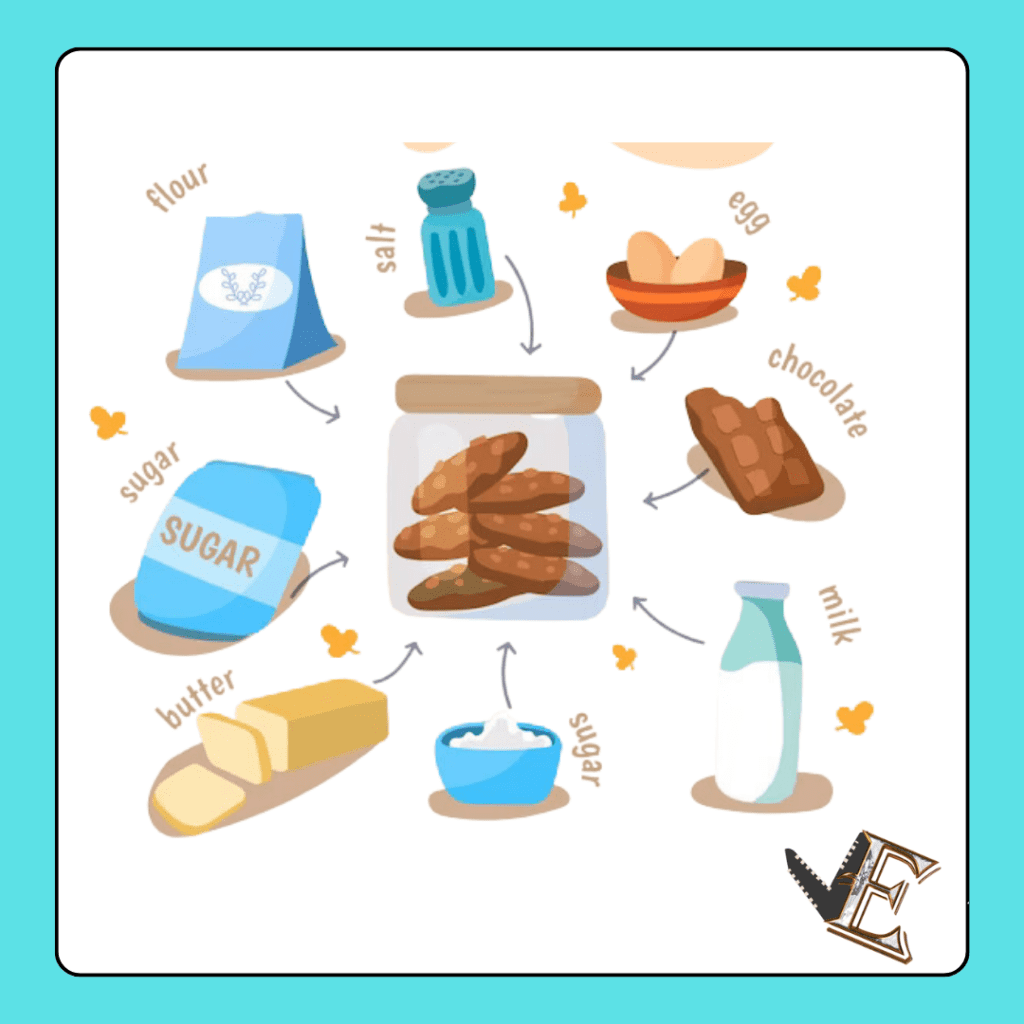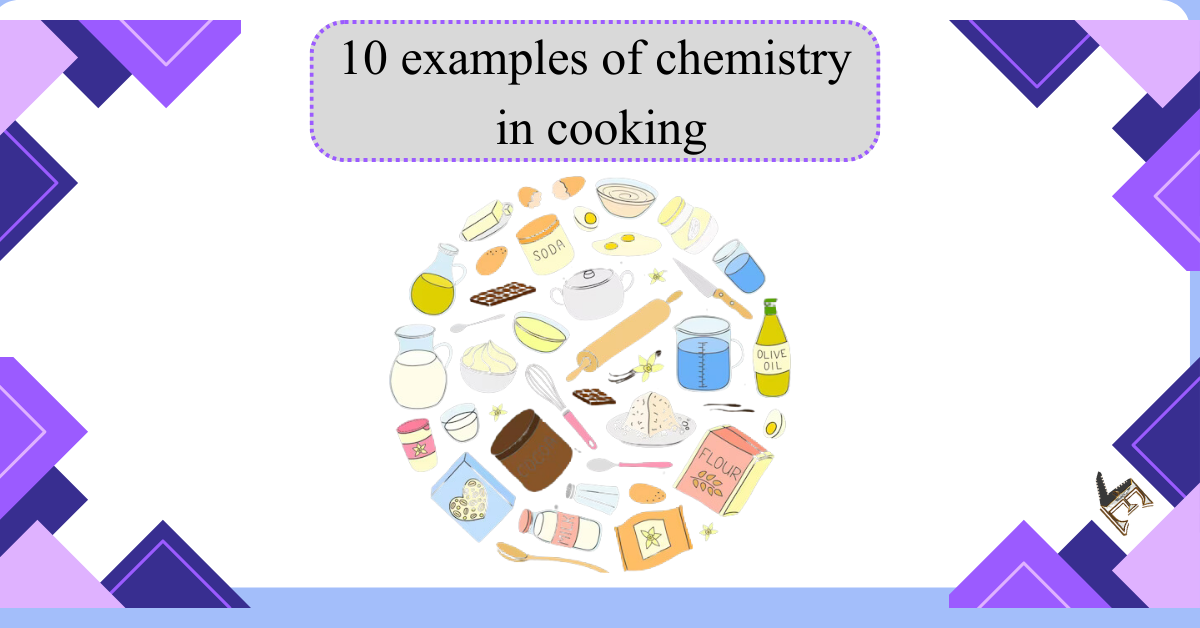Cooking is not just an art; it’s also a science. Behind the sizzle of a hot pan and the aroma of a delicious meal, there’s a world of chemistry at play. Understanding the chemical reactions that occur during cooking can help us become better cooks and create tastier dishes. In this article, we’ll explore 10 vivid examples of chemistry in cooking that highlight the scientific magic happening in your kitchen.
1. Maillard Reaction
The Maillard reaction is responsible for the beautiful brown crust on your steak and the golden-brown color of your bread. This chemical reaction between amino acids and reducing sugars creates a complex array of flavors, colors, and aromas.
2. Caramelization
When sugar molecules are exposed to heat, they break down and undergo caramelization. This is what gives that rich, sweet flavor and deep amber color to foods like caramelized onions and crème brûlée.
3. Emulsification
Mayonnaise and vinaigrettes are perfect examples of emulsification – the process of combining two immiscible liquids like oil and water. Emulsifiers, like egg yolks, help stabilize these mixtures by preventing separation.
4. Denaturation of Proteins
Eggs, meat, and fish undergo structural changes when exposed to heat. This denaturation of proteins is what transforms liquid egg whites into solid, opaque structures and turns a pinkish fish fillet into a flaky, white delicacy.
5. Fermentation
Bread rising and beer brewing are both results of fermentation. Microorganisms like yeast convert sugars into carbon dioxide and alcohol, leading to the leavening of dough and the creation of bubbly beverages.
6. Gelatinization
Starchy foods like potatoes and pasta undergo gelatinization when heated in water. The starch granules absorb water, swell, and burst, thickening the mixture and turning it into a creamy consistency.
7. Acid-Base Reactions
The tangy flavor in sourdough bread and the use of lemon juice to prevent browning in fruits are due to acid-base reactions. These reactions can alter the color, texture, and flavor of foods.
8. Enzymatic Browning
When fruits like apples and avocados are exposed to oxygen, enzymes in the cells react with phenols to create brown pigments. This enzymatic browning can be slowed down by using acids or lowering the temperature.
9. Leavening Agents
Baking powder and baking soda are essential in baking, releasing carbon dioxide when exposed to heat. This gas gets trapped in batters and dough, causing them to rise and create a light, airy texture.
10. Oxidation
Cooking oils can become rancid due to oxidation, a chemical reaction between the oil molecules and oxygen. To prevent this, store oils in airtight containers and in cool, dark places.

Understanding these chemical processes empowers us to experiment in the kitchen and troubleshoot when things don’t go as planned. Cooking is indeed a blend of art and science, and by appreciating the chemistry behind the dishes we love, we can elevate our culinary creations to new heights.
Remember, the next time you whip up a delectable dish, you’re not just cooking; you’re conducting a symphony of chemical reactions that result in a masterpiece on your plate. Happy cooking!

